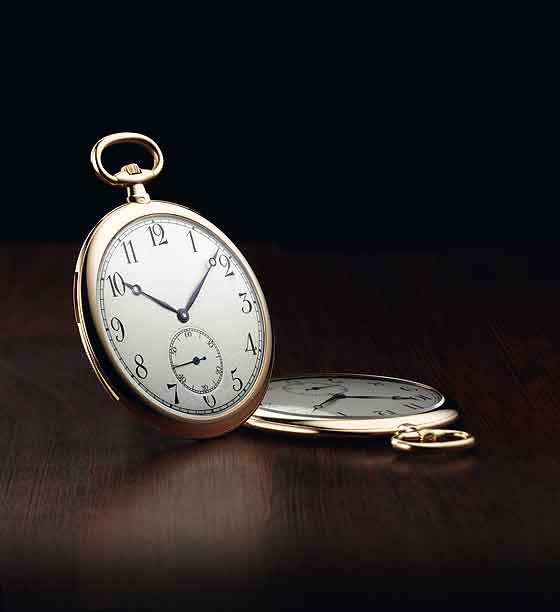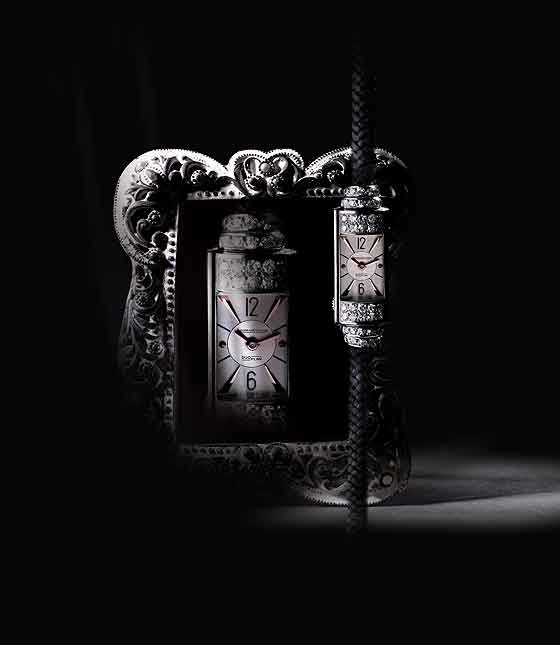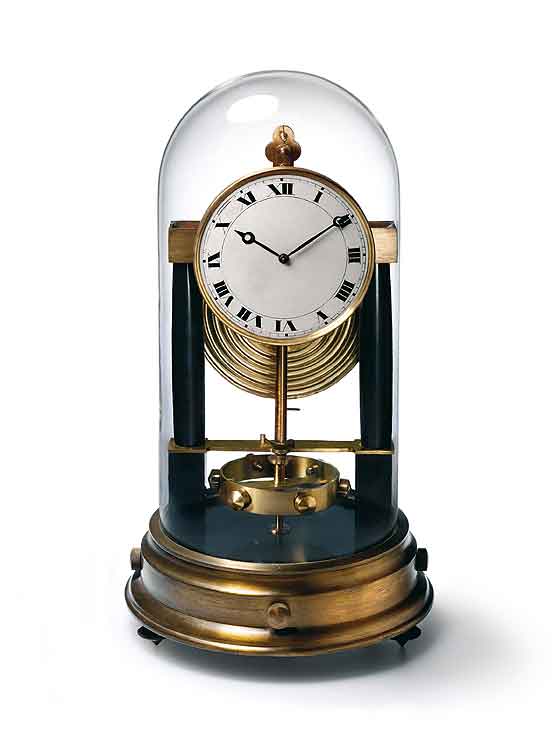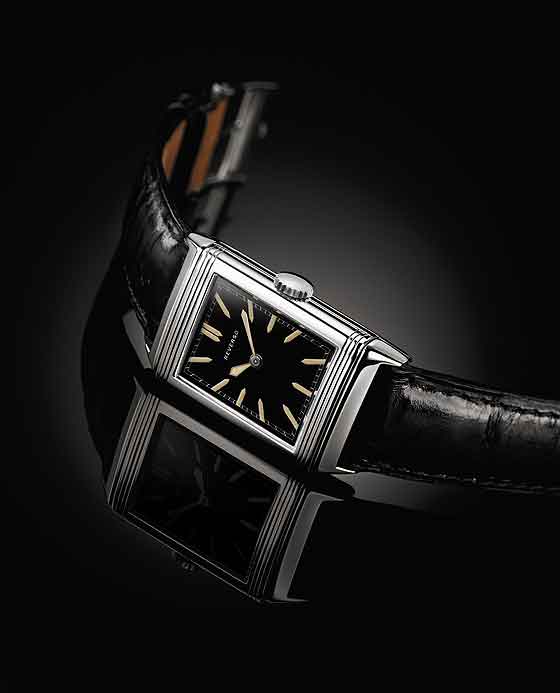– This brand page contains content prepared and sponsored by Jaeger-LeCoultre for watchtime.com readers –
Chapter Navigation:
Chapter 1
Chapter 2
———————–
Chapter Two:
From Duoplan to Atmos to Reverso
A major player in watchmaking history since the 19th century, in 2013 Jaeger-LeCoultre is celebrating 180 years of continuous development around its founder’s original workshop. This anniversary will be commemorated by the introduction of some exceptional timepieces, as well as the holding of exclusive exhibitions and events around the world. In Chapter One, we documented the years 1559-1907, and the founding of the Jaeger-LeCoultre watch brand. In this chapter, we trace the major events and innovations from the years 1912 to 1931.
These days one tends to forget that the spread of the wristwatch met with considerable resistance. In the early 20th century, men rejected it, arguing that it was an exclusively feminine adornment. Many watchmakers were daunted by the many difficulties it implied: extreme miniaturization, shock resistance, water resistance… LeCoultre and Jaeger boldly rose to these challenges in order to earn this new type of timepieces its rightful pedigree. The finest watchmakers were enlisted to create extraordinarily small movements. Aesthetic and technical research were conducted side by side, leading to the creation of simple and complicated mechanical calibres destined to fit smoothly within dainty and extremely elegant cases.

The first icons
Imbued with the art deco values, the 1920s and 1930s witnessed the emergence of the first Jaeger-LeCoultre icons. Just a few years elapsed between the successive introductions of the Duoplan watch (forerunner of the current Joaillerie 101 models) in 1925, the perpetual Atmos clock in 1928 and the ultra-famous Reverso watch in 1931. Not only did these creations make their mark on watchmaking history, but they have found their way unscathed through the decades to the present day, achieving classic status in the process. Their brilliant concepts have sharpened the inventive appetite of the watchmakers of the Manufacture who have constantly reinterpreted them, perfected them and renewed them ever since in order to maintain them in vibrant life.
Born in 1925, the first of these legendary creations was named Duoplan, in reference to the structure of its movement. The fashion at that time was for extremely small wristwatches. However, extreme miniaturisation often results in a loss of reliability. The Duoplan provided a simple and brilliant way to reconcile technical excellence and elegance. Its movement is built on two levels, thus enabling it to maintain a large-size balance. To add its prestige and novelty, the Duoplan was one of the first gem-set steel watches. Ensured by Lloyds of London, it benefited from a unique after-sales service. The damaged movement could be replaced within a few moments, leading the London-based store owner Tyme to proclaim in its shop window: “you won’t have time to finish your cigarette before your watch is repaired”.

In 1929, Calibre 101 set a new record as the world’s smallest mechanical movement. To grasp the significance of this event, it is important to recall that, since the birth of watchmaking in the Middle Ages, watchmakers had devoted persistent effort to invent ever smaller mechanisms.
Since 1929, this quest appears to have reached its climax. At 14 mm long, 4.8 mm wide and 3.4 mm thick. Calibre 101 still holds the record as the smallest mechanical movement ever made. Once assembled and hand-finished, its 74 initial constituent parts (compared with 98 today) weigh barely one gram.
Presented in 1928 by the Neuchâtel-born engineer Jean-Léon Reutter, the first prototype of the Atmos clock caused a considerable stir. Newspapers and magazines around the world reported on this invention, which appeared to almost reach the long-held dream of perpetual motion. It would call upon all the skills of the Jaeger-LeCoultre watchmakers to take it from the prototype stage through to that of a fine clock. The Atmos draws its energy from the smallest changes in temperature. A one-degree fluctuation is enough to drive it for two full days. It consumes 60 million times less energy than a 15-watt electric bulb! As the official gift of the Swiss Federal government, owned by some of the world’s most eminent men and women, it has become a genuine cult object that is celebrating its 85th birthday in 2013! Click here to see a modern-day Jaeger-LeCoultre Atmos clock.

A key date in Jaeger-LeCoultre history, 1931 marked the birth of the Reverso watch. During a trip to India, César de Trey, a distributor of Jaeger-LeCoultre watches, met some former friends who were British army officers in colonial India. These keen polo enthusiasts challenged their Swiss acquaintance to create a watch capable of withstanding the hard knocks sustained during their favourite pastime. Upon returning to Switzerland, De Trey confided his project to Jacques- David LeCoultre. This heralded the birth of the Reverso, a name inspired by the Latin “I turn around”. A simple gesture enabled the wearer to swivel the case in its carrier to protect the watch glass. The back could be personalised according to individual wishes. Featuring an attractive blend of elegance and sportiness, the Reverso became a great classic of the Art Deco cultural movement, of which it embodies the essential values: refinement, artistic craftsmanship, aesthetic clarity and a festive taste. Click here to learn about the Jaeger-LeCoultre Ultra-Thin Duoface, a modern watch inspired by the original Reverso.

More to come next month in Chapter III! Click here to read Chapter I.
